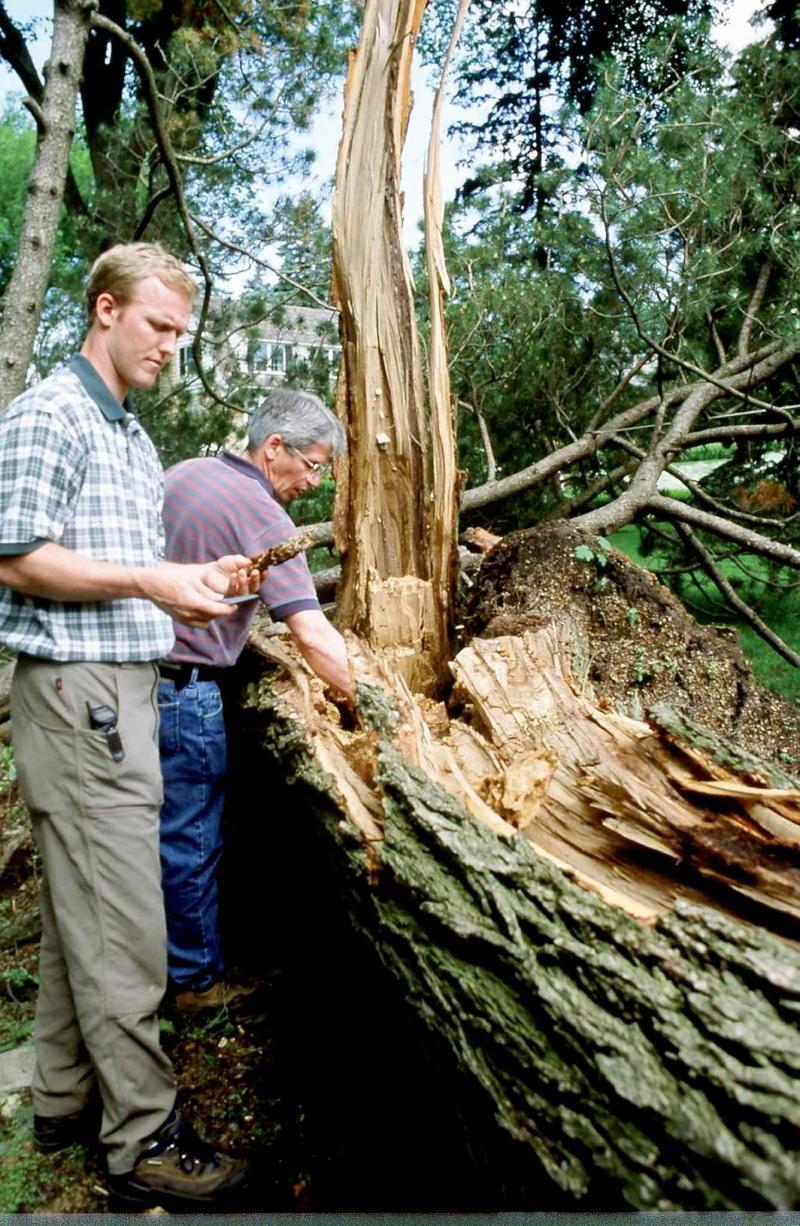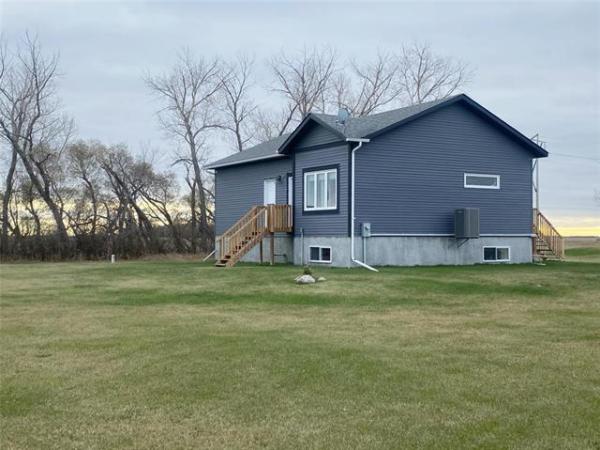
A few weeks ago, southern Manitoba experienced strong, high-velocity winds accompanied by heavy amounts of rainfall. It did considerable damage: large trees broke apart and damaged property and vehicles throughout the region; in some instances, personal injury was involved.
From my observations driving around the Winnipeg region and outlying areas, the trees that tended to do the most damage were those that had obvious signs of trunk and large branch weaknesses.
The major reason why most trees fail is extensive decayed heartwood.
How does this weak, decayed heartwood get into the tree?
The core-wood decay in these hazardous trees originated from a multitude of causes such as bad pruning cuts by inexperienced tree cutters, excavated roots often interfered with by utilities and by property owners installing pools, sun scalding, topping of trees (which always leaves trees vulnerable) and vehicular damage.
Believe it or not, there are thousands of currently standing hazardous trees located on private properties, institutional and educational properties, commercial properties, municipal parks and boulevards throughout southern Manitoba ready to fall and do damage. Every day that I am out on call, I witness a number of trees I would categorize as hazardous. On occasion, I will leave a note in the owner's mailbox stating my concern for particularly dangerous trees.
However, I do not have the time to do this for all the problematic trees I see. Property owners must be vigilant. Wood-decay fungi can penetrate the damaged wood of a tree from the air in unbelievable amounts.
Some trees -- such as the ornamental poplars, aspens, Manitoba maples, willows, elms and ashes -- are frequently targeted by the decay fungi. Trees can readily be invaded through cracks and holes in their branches, trunks and damaged roots in formerly excavated soils.
As many of these trees age, especially the poplars and willows, wood decay sets in quickly. The tree can fail even with a full canopy of healthy looking leaves. Most wood fungi do not directly kill trees, as they are nature's clean-up squad whose ultimate purpose is to degrade dead, diseased and damaged trees to fine wood particles that will be incorporated one day into the soil.
Want to safeguard your home and property? If you have a large tree that you are concerned about, call a professional arborist to have it properly assessed.
I recommend only those that have a valid current Manitoba arborist licence and at least $2 million in general business liability insurance. These are mandatory minimum legal requirements for commercial arborists.
In addition, I would recommend you use certified International Society of Arboriculture (ISA) arborists who espouse ISA's philosophy, art and science of whole tree care.
Michael Allen M.Sc.F., RPF (ret'd) is a consulting urban forester, tree diagnostician and certified arborist. He owns Viburnum Tree Experts. His recent book, Dr. Tree's Guide to the Common Diseases of Urban Prairie Diseases, is available in local book stores. He can be reached at 204-831-6503 or 204-223-7709



